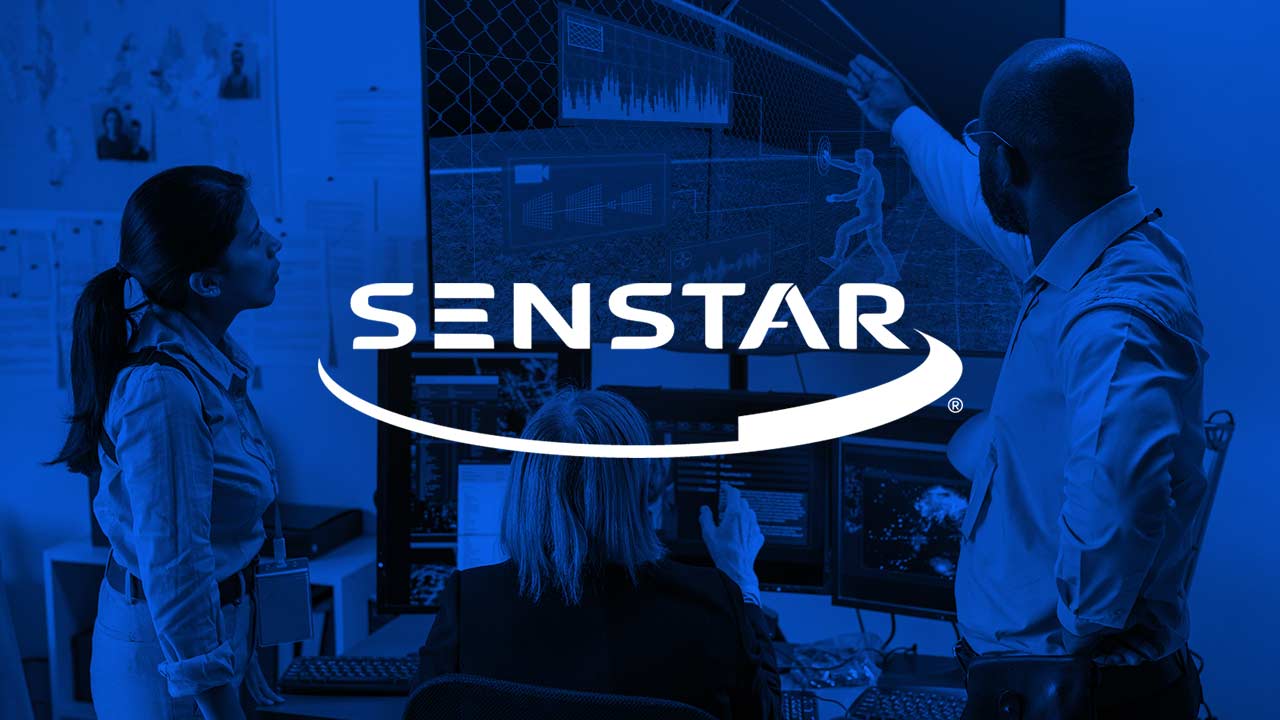The industry is ready for the next phase in perimeter security evolution: sensor fusion. This tech advancement is grounded on the reality that even though today’s perimeter security systems go beyond their performance limits, they still have their faults. They can still create nuisance alerts or false alarms under certain conditions. These events will have an impact on system performance and will cost businesses money.
In perimeter security circles, sensor fusion is still a relatively new approach. This newness frequently leads to misunderstanding. This blog will give you a clearer picture of what it is and how it works.
What is Sensor Fusion Technology?
Sensor fusion consists of procedures that bring inputs from various sensors altogether to extract meaningful signals. This process produces much higher fidelity than what is achievable from isolated, individual sensors.
Sensor fusion has been mentioned in the context of other sectors, such as self-driving automobiles or self-navigating robots. In perimeter security, it employs the same principle and technological implications: powerful machine learning algorithms are used to create intelligent outputs from possibly ambiguous inputs.
To consistently identify events such as infiltration attempts and maintenance requirements, it examines data streams from security cameras, fence sensors, volumetric sensors, and other sources.
How does Sensor Fusion Upgrade Security?
1. It goes beyond Boolean integration.
Boolean logic is a method of combining “true” and “false” values using functions like AND, OR, and NOT. For illustration, a security system implementing Boolean logic may notify about an intrusion if both the fence sensor and the camera detect motion.
2. It maximizes artificial intelligence.
A genuine sensor fusion system, on the other hand, does more than merely compare top-level “true/false” outputs from each monitored source. Sensor fusion is significantly more accurate since it considers the entire context.
Advanced mathematics (digital filters, probabilistic models, and neural networks) are used inside the system to analyze raw data from a merged sensor array. Sensor fusion methods require immense quantities of parallel computing power and access to low-level sensor data, both of which are unavailable when systems are from several manufacturers.
Even more significantly, it learns which patterns to ignore, even though they may mislead simpler algorithms. This kind of system may detect fence vibration and camera movement at once, while still recognizing a false alert caused by the wind and surrounding, non-threat human activity.
Alternatively, it can also generate an intrusion warning with high confidence even if a competent attacker uses a means to thwart a specific sensor. The sensor fusion system may also be supplied past data on the site and alarm results, allowing it to learn as it goes. It can also boost its capacity to detect security threats.
3. It provides an avenue for informed, intelligent decisions.
Sensor fusion provides clear, practical benefits for perimeter security applications, especially the ability to utilize the strengths of various sensor systems while minimizing their drawbacks. It not only defeats annoyance and false alarms but enhances the possibility that security professionals can make educated and knowledgeable judgments.
Even better, it enables businesses to benefit from these advancements while maintaining their existing perimeter and video monitoring equipment.





